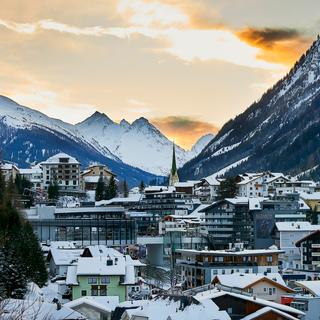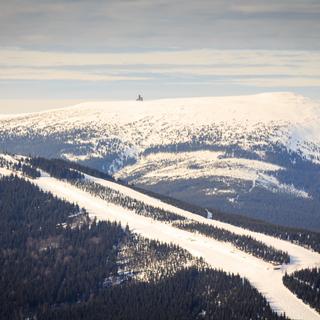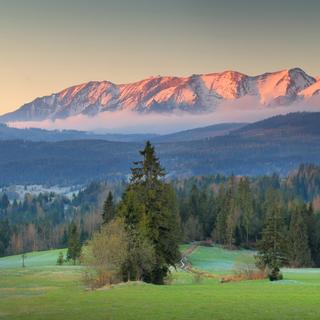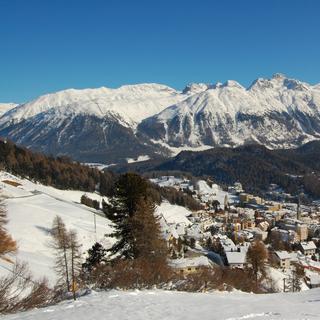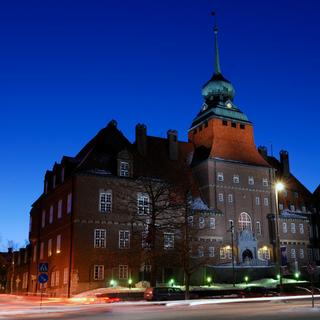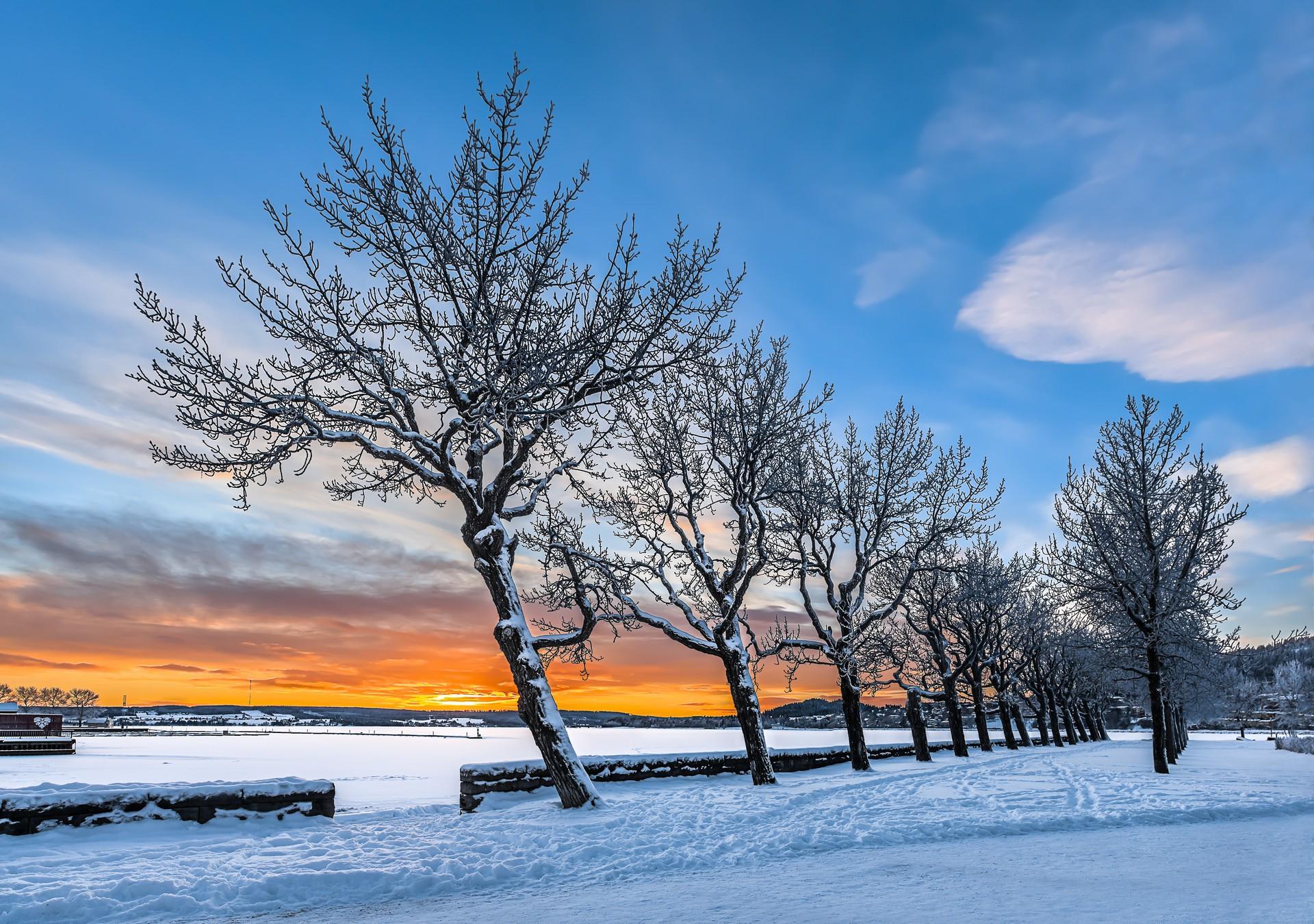
Are weather and climate in 2025

Are weather and climate in 2025
Day
17 °C
Night
8 °C
Precipitation
89 mm
in month
Rainy days
15 days
in month
Daylight
19 hours
average
Sunshine
6 hours
average
Humidity
74 %
Weather charts for Are
Find more destinations like this
Destinations with similar weather to Are
Other destinations in Central Sweden
Closest cities for Are
Weather overview for Are
Weather overview
Are, located in Sweden, is characterized by a brisk climate. Daytime temperatures fluctuate from a chilly -3 °C (26 °F) in the icy month of February to a pleasant 17 °C (62 °F) during the balmy days of July. At night, the warmest temperatures can be enjoyed in July, peaking at 8 °C (47 °F), while February brings the coldest nights with temperatures plummeting to -10 °C (14 °F). The driest period occurs in May with a mere 11 days of precipitation, while the month experiencing the highest amount of rainfall is December, hitting 16 days.
January weather
A decline in night temperatures can be detected, registering at -8 °C (18 °F) in Are. The trend of fewer rainy days also begins, dropping to 15 days. The peak humidity level is attained in January.
February weather
The daily temperature hits its lowest point at -3 °C (26 °F) in Are, and a decline in nocturnal temperatures is notable, with a reading of -10 °C (14 °F). The count of rainy days continues to decrease, settling at 14 days, while the initial decline in rainfall amount starts to manifest in February. The ascent of the total sunlit hours initiates in February.
March weather
The inception of rising night temperatures is visible, with a reading of -8 °C (18 °F) in Are, and a concurrent increase in daytime temperatures is noted, reaching -1 °C (30 °F). The progression in sun hours becomes more evident with a value of 3 hours. The wind reaches its peak speed, showing 4.
April weather
A continuation in the upward trend of daytime temperatures is apparent, with a reading of 4 °C (40 °F) in Are, and the escalating trend in nocturnal temperatures is also noted, marked at -3 °C (26 °F). The lowest recorded rainfall is apparent, situated at 37 mm (1.45 in), and the initial decrease in the number of rainy days is noticeable in April. The progression of sunlit hours without clouds keeps on climbing, now at 5 hours.
May weather
The lowest frequency of rainy days becomes evident in May within Are. The ascending tendency in day temperatures continues unabated, reaching 10 °C (51 °F), while the night temperatures follow suit, escalating to 1 °C (34 °F). The expansion of sunlit hours without clouds remains consistent with previous trends, now averaging 7 hours.
June weather
The ascending sequence in daytime temperatures persists, attaining 15 °C (58 °F) in Are, and nocturnal temperatures show an analogous rise, at 6 °C (43 °F). The commencement of increasing rainfall volumes is identified, setting at 64 mm (2.53 in), with the count of rainy days experiencing a growth as well, reaching 14 days. The highest number of cloudless sun hours is reached during this month. Humidity is at its lowest, recorded at 69 %.
July weather
The arrival of tourists is imminent in Are. Daytime heat peaks, along with the maximum nighttime temperatures being observed. A comparable rise in rainy days is seen, with a count of 15 days, alongside the peak in precipitation quantities, identified as 89 mm (3.51 in). The duration of sunny hours without clouds begins its descent this month.
August weather
The onset of decreasing daytime temperatures becomes noticeable in Are during August. The commencement of rainfall reduction is evident, with precipitation rates at 78 mm (3.08 in). The continuity of diminished sunlit hours without clouds from the preceding month is apparent, now tallying 5 hours. The winding down of the tourist season is underway.
September weather
An increasing trend in the number of rainy days is observed, noted at 16 days in Are, while the descent in rainfall amounts mirrors the prior month's trend, registering at 68 mm (2.66 in). The decline in day temperatures is readily observable, documented at 11 °C (52 °F), and a downward trajectory in night temperatures ensues, reported at 4 °C (40 °F). The consistency in the reduction of sun hours without clouds prevails, with a new value of 3 hours.
October weather
The initial signs of fewer rainy days become discernible, with figures at 14 days in Are, while the continued decrease in precipitation is aligned with prior months, showing 60 mm (2.35 in). The descent in daytime warmth is parallel to the previous month, totaling 5 °C (41 °F), and the drop in nocturnal temperatures is consistent as well, now reading 0 °C (32 °F). The falling trend in sunlit hours is on the same trajectory as the previous month, estimated at 2 hours.
November weather
Daytime temperatures keep on their downward trend noted in the preceding month, reaching 0 °C (32 °F) in Are, and the fall in nighttime temperatures is also congruent with the prior month, with a temperature of -4 °C (24 °F). The decline in rainfall amounts sustains its course, measuring 53 mm (2.10 in). The diminution of hours of sunshine persists, now calculated at 1 hour.
December weather
Daytime temperatures persist in their fall, just like the previous month, recording a level of -1 °C (29 °F) in Are, and the decline in nighttime temperatures is similarly aligned, with a cold -7 °C (19 °F). The apex in the number of rainy days is apparent, reaching 16 days. The shortest span of daylight is upon us, with a value of 4 hours, alongside the minimal expansive sunlit hours without clouds being observed, set at 0 hours.
FAQs
What is the night temperature in Are during January?
In January, the night temperature in Are dips to -8 °C (18 °F).
How many days with rain can be expected in Are during February?
February typically presents about 14 days of rain-filled days in Are.
What is the daytime temperature trend in Are during March?
March observes an upward trajectory in daytime temperature, registering at -1 °C (30 °F) in Are.
Does April see a decrease in rainfall in Are?
Indeed, April experiences a decrease in rainfall with total precipitation levels hitting a low of 37 mm (1.45 in) in Are.
What variations in sun hours are observed in May in Are?
Throughout May, there's a consistent increase in the number of sunny hours, averaging 7 hours in Are.
Is the sunniest period in Are during June?
June claims the title for the sunniest period, with the maximum number of clear sunlit hours documented in Are.
What's the likelihood of rainfall in Are during July?
July in Are displays a moderate likelihood of rain, with around 15 days expected throughout the month.
What shift in daylight can be expected through August in Are?
August in Are heralds a subtle reduction in the length of daylight from the previous month.
Are colder nights expected in Are as autumn progresses?
With autumn's progression, colder nights set in, with the mercury dipping to 4 °C (40 °F) in Are.
What significant weather changes occur in Are during October?
October brings a significant shift with a continuous decline in both day and night temperatures alongside less precipitation being measured.
How does the arrival of winter affect daylight hours in Are during November?
With winter's arrival, there's a notable contraction of daylight hours in November, spotlighting the annual cycle affecting Are.
Does December have the most rainy days in Are across the year?
Indeed, December tops the chart with the greatest number of rainy days throughout the year in Are.
